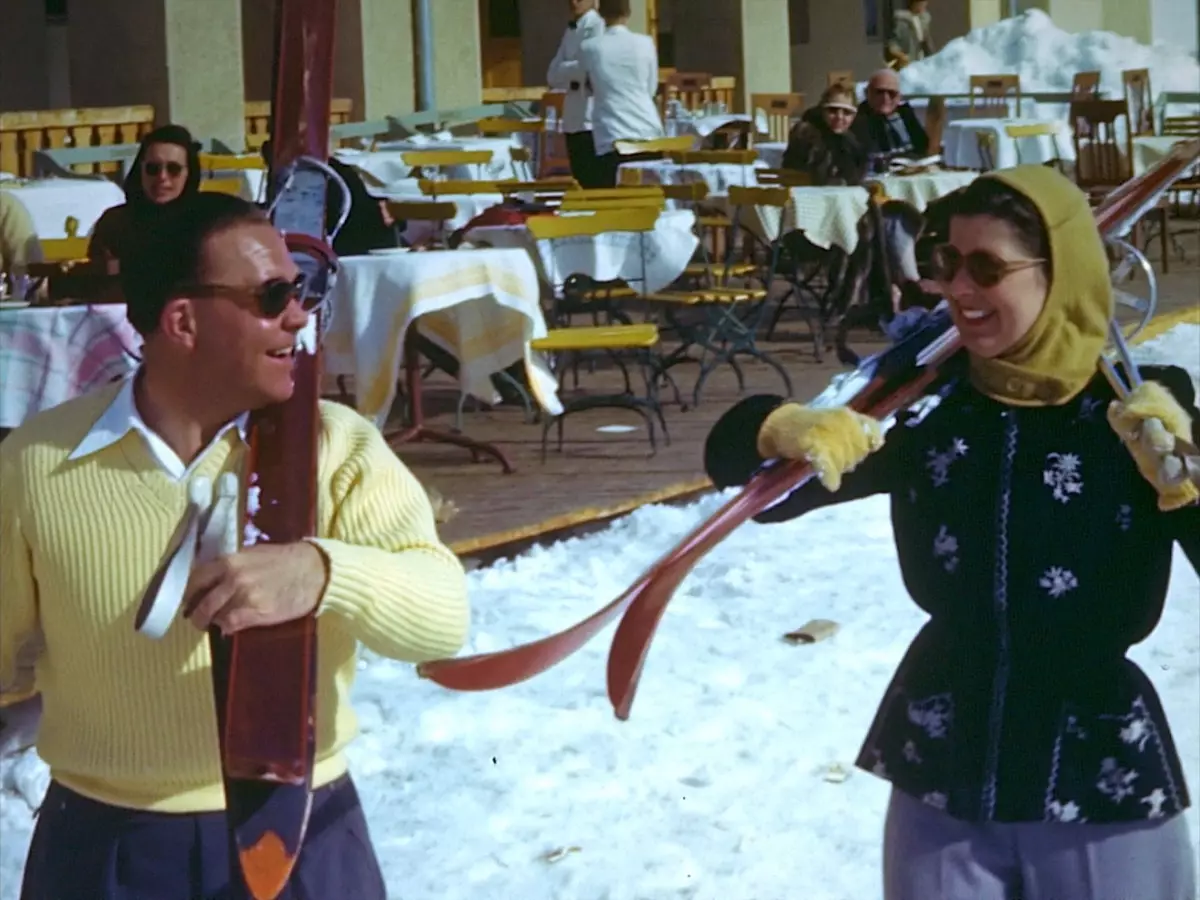
Switzerland and fifties skiing.
If you have come this far without having seen My Mexican Bretzel, without knowing anything, the best thing you can do is stop reading. Go see it, go to the movies and come back here to read. Then try to understand and decipher all those images you just saw, accompanied by the words of a diary. Just out of curiosity because, probably, when the film ends you will not need to know more than what you have seen and you will try to compose the pieces of the visual puzzle that the director proposes. That would be the best way to watch the movie Nuria Giménez Lorang.
But if you want to know more, before or after seeing My Mexican Bretzel, there is much more to know. It all started in 2010. That year, Nuria Giménez Lorang accompanied her mother to Zurich, to the house of her grandfather who had just passed away. They were going to take care of her things and in the basement she found 50 reels of 8 and 16 millimeter film. Her grandfather had never mentioned them, he had never said that Between the 1940s and 1960s, he filmed every trip he and his grandmother took. Incredible trips, even more so in those years, in the middle of the post-war period. The tapes had been stored there for 40 years and Nuria took them to Barcelona to take care of them, digitize them and start studying them to the millimeter, to the second, seeing them over and over again, convinced that something would come out of that hypnotic footage, in color, the look of her grandfather from all those places they went together.
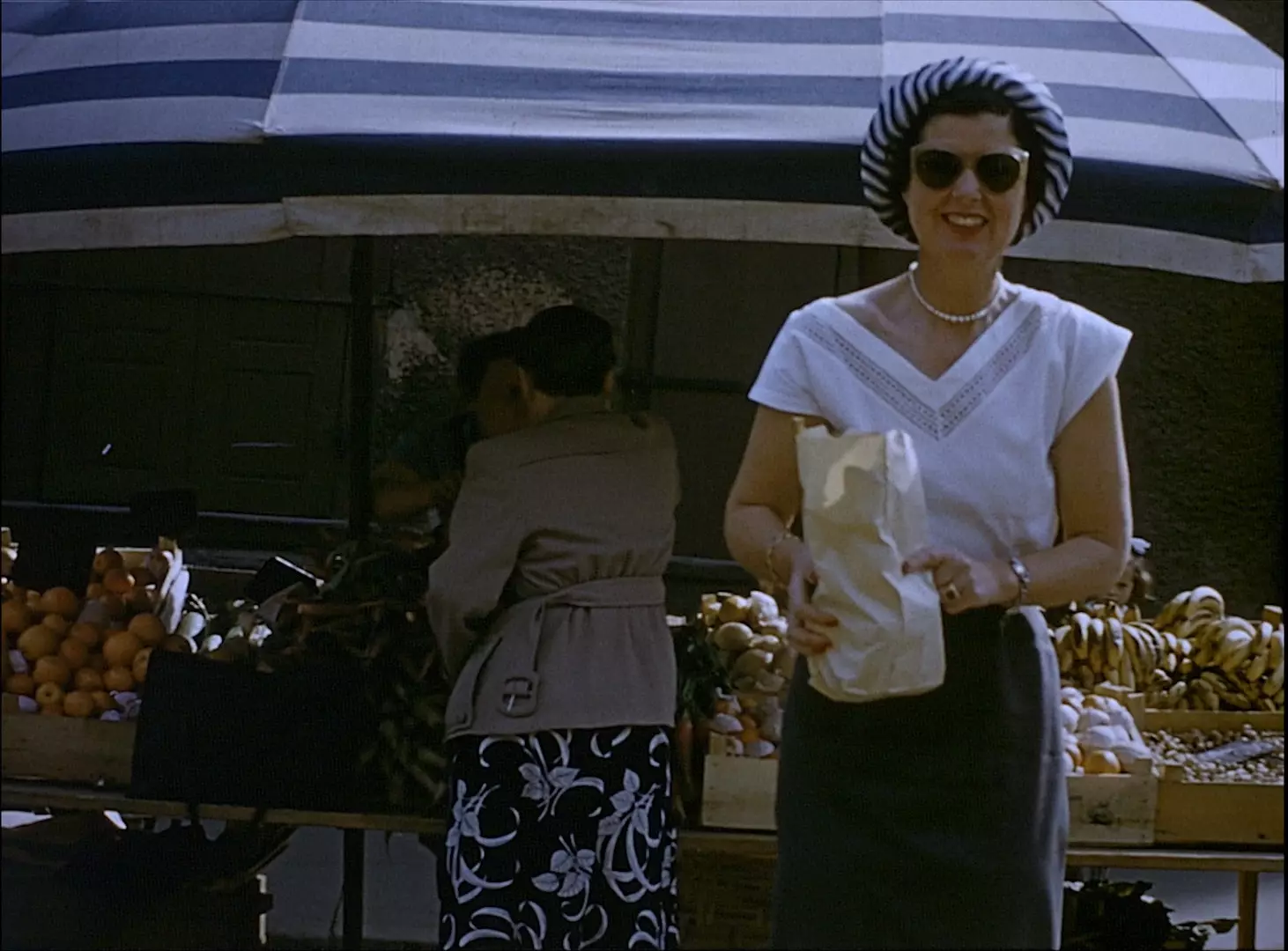
Elite tourism in the postwar period.
It took the director seven years to work with those images and finish this film, My Mexican Bretzel. seven years in which she was always clear about what she did not want to do: a conventional documentary. She did not want to tell the story of her grandparents, because it would be lying, it would be inventing without having their direct words, their description of those places, knowing from their mouths why they went there, when, with whom, what they felt. She then she began to write. As she tells it herself, it almost seems like it was automatic writing. She wrote everything that came into her head, suggested by her aunt's baths in the sea, the images of snow in Switzerland, the planes, the boats… She wrote down very thoughtful quotes that reflected on desires, on the narrative itself, on life.
At a given moment, she began to cross the selected images, shots and scenes that she liked the most with some of those words and the magic of cinema sprouted. If we get very technical, Nuria Giménez Lorang has started from the so-called found footage to create a non-fiction film, the one that is not documentary, nor fiction.
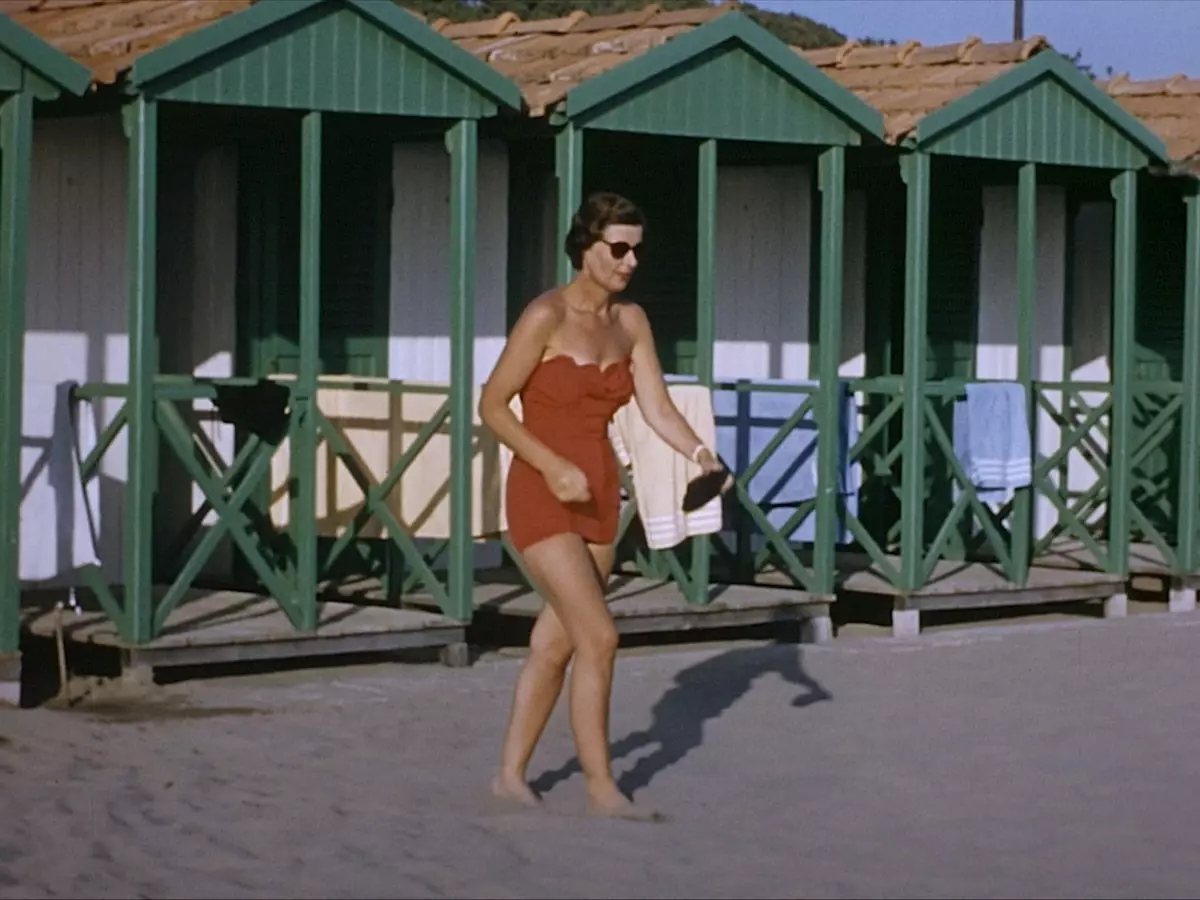
The sea is one of the Barretts' favorite destinations.
The images we see are those of her grandparents: Frank A. Lorang and Ilsa G. Ringer. The words we read are those of (an invented one) Vivian Barrett, her personal diary of her talking about her and Leon, her husband, creators of the Lovedyn, a miracle pill that gave them the money, the success and the excuse for those wonderful trips from Mallorca to Hawaii, from Las Vegas to Venice, from Mont Saint-Michel to New Orleans. “Places in the middle of nowhere. Places without entrails. Sites that you have forgotten while you are still there. Sites that do not breathe. Sites that don't move, that don't smell, bleed, bite, or speak. Sites capable of passing through you without touching you”.
Vivian in turn leans on the wisdom of the supposed guru Paravadin Kanvar Kharjappali, a character that the director took advantage of to put in her mouth all the phrases that would have seemed forced in Vivian's, such as the quote with which the film begins and that already gives us a clue of what we will see next: "The lie is just another way of telling the truth."
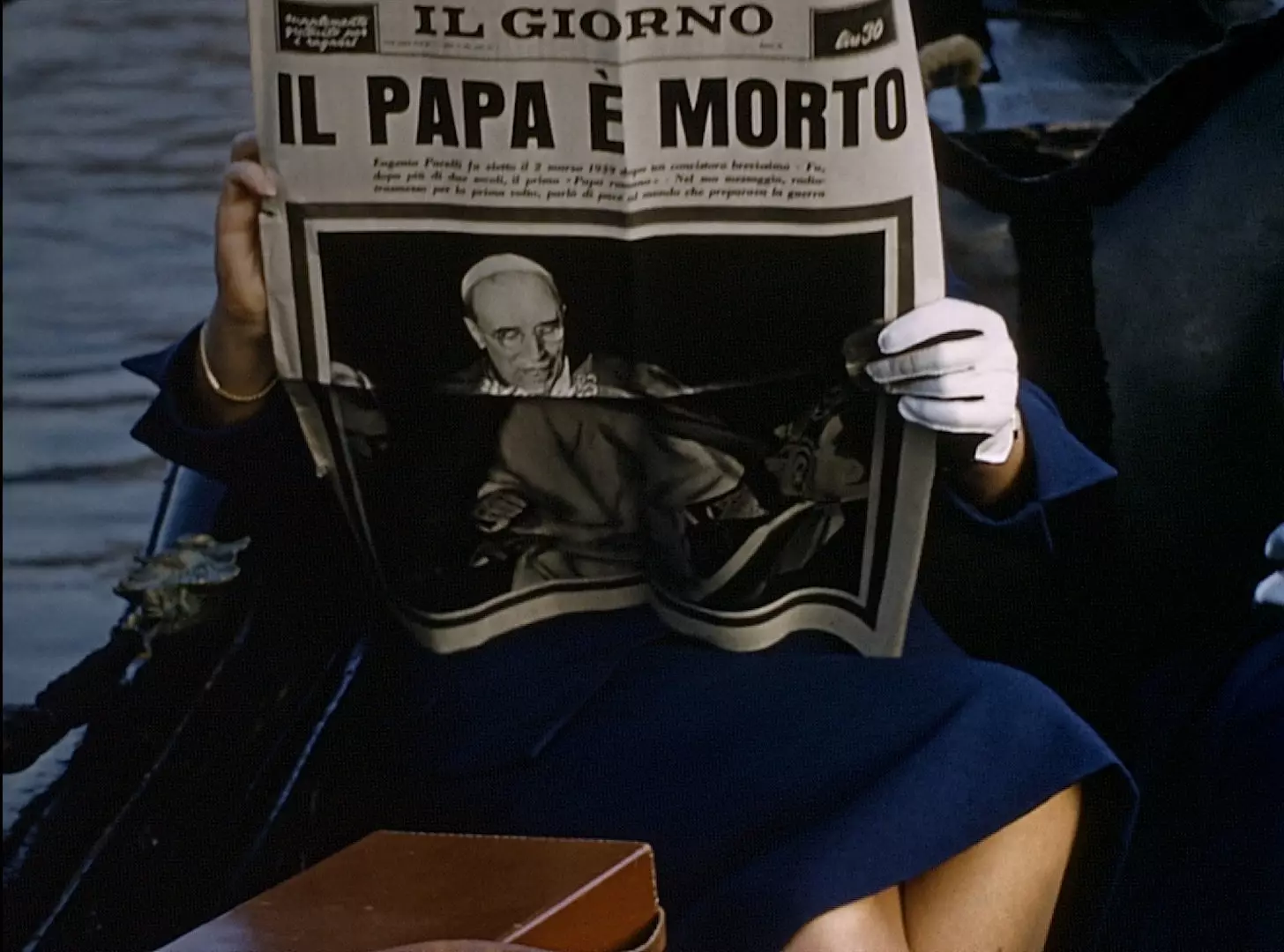
Historical facts mixed with fictional and real desires.
As the icing on the cake, the director decided without voiceover and there is practically no ambient sound in the entire film. It is cinema in its purest essence, analog and almost primitive. Only the magnetic images, the smile of her grandmother and the subtitles of reflections on desire, dreams... Phrases that are forming, without realizing it, a classic melodrama, Douglas Sirk or Todd Haynes are the first names he gives. Through Vivian's words and the image of her in those places, life in those decades is revealed to us, the role of the woman and that of the man, who is the one who carries the camera.
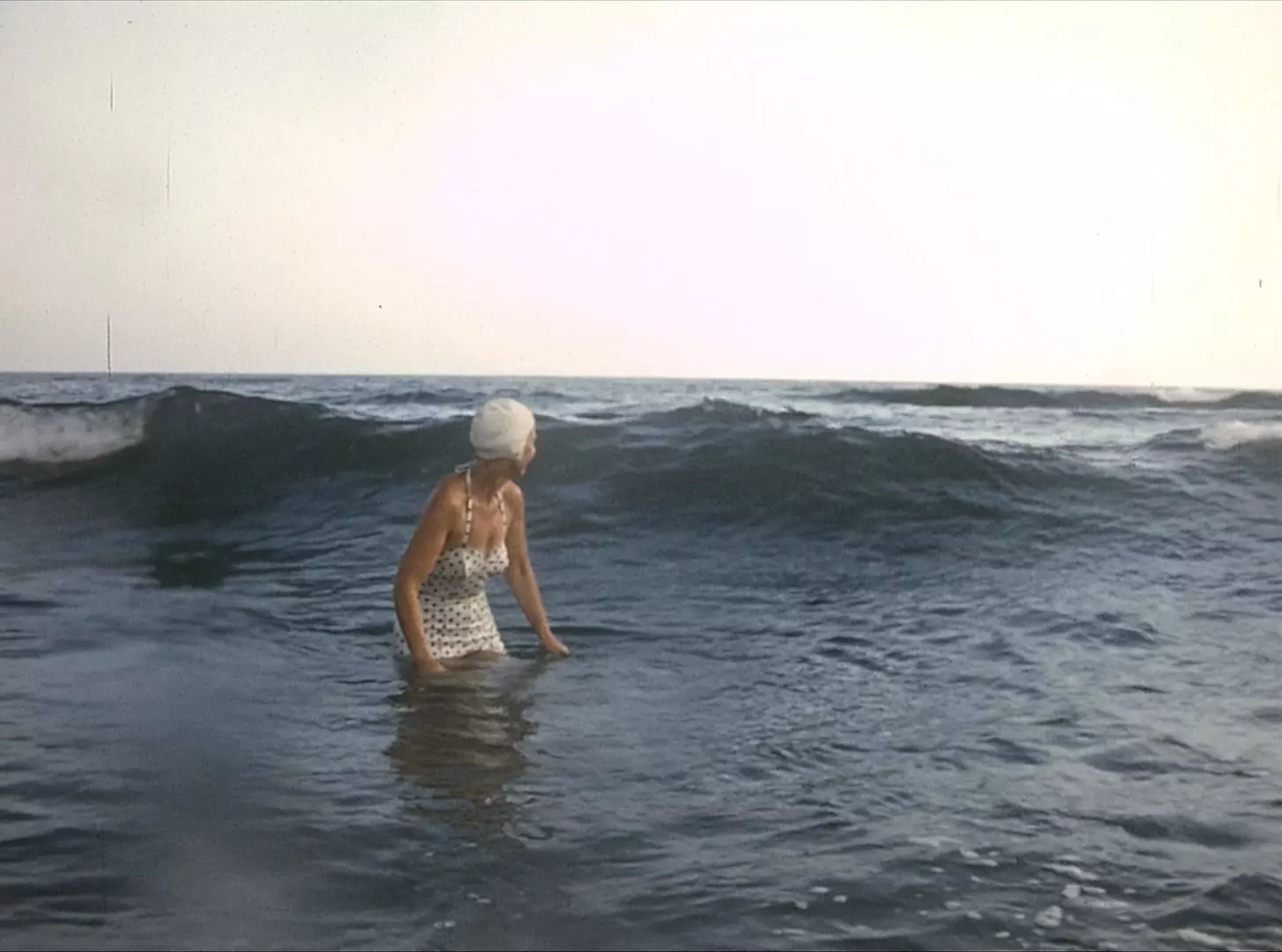
Vivian Barrett or Ilse G. Ringer.
My Mexican Bretzel It is, of course and ultimately, a reflection on narration, on cinema itself, about those images that we believe to be the truth, until they are not. Or if. "Filming is one of the best forms of self-deception, a beautiful means of disappearing." "If you film you don't have to live." "I don't know anymore if we film what we do or do what we do because we filmed it."
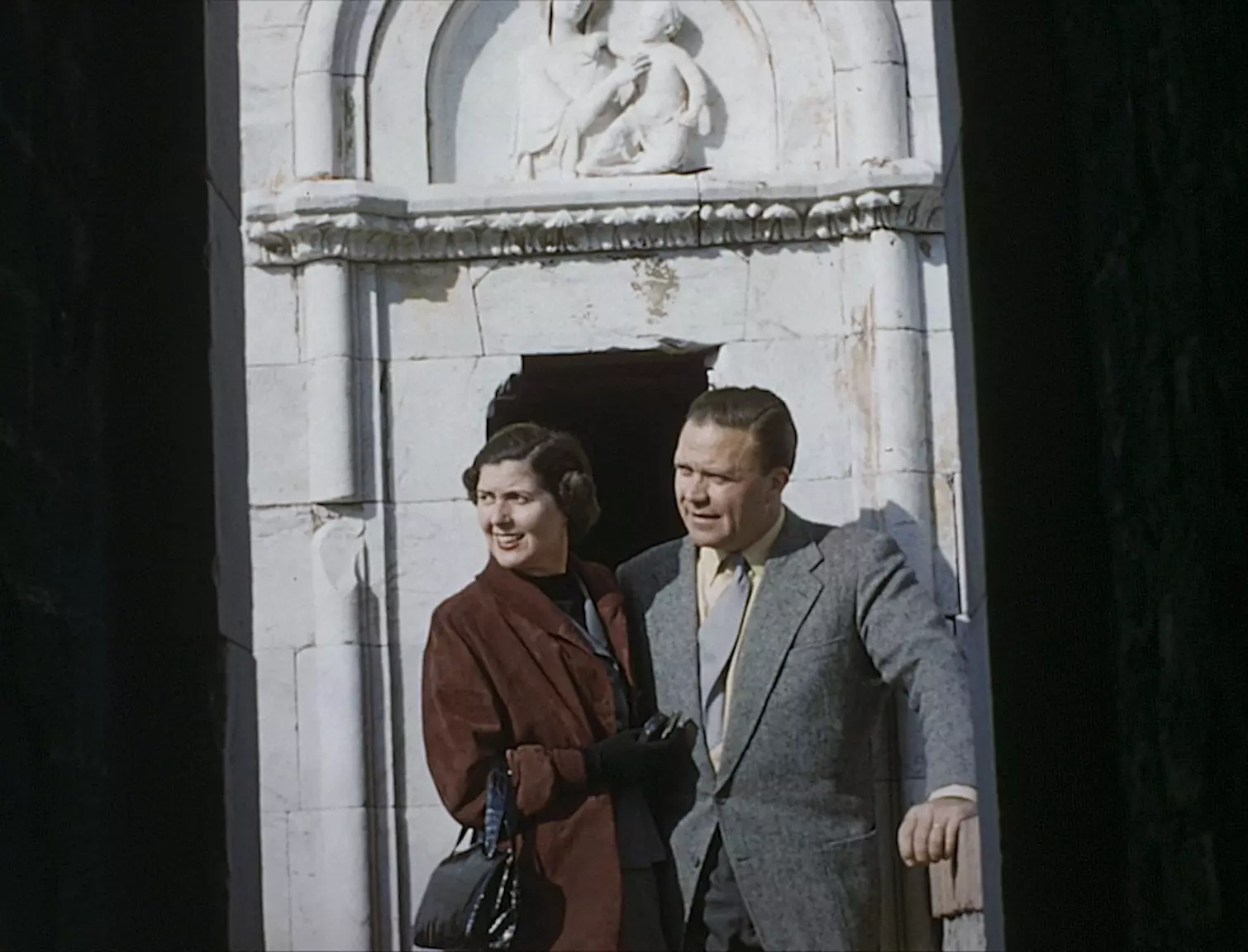
Leon and Vivian Barrett.
